-
Welcome to BirdForum, the internet's largest birding community with thousands of members from all over the world. The forums are dedicated to wild birds, birding, binoculars and equipment and all that goes with it.
Please register for an account to take part in the discussions in the forum, post your pictures in the gallery and more.
capybara
-
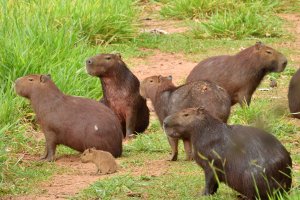
Capybara family
Tried to capture most of the family here.- Roynato
- Media item
- hydrochoerus hydrochaeris
- Comments: 7
- Category: Wild Mammals
-
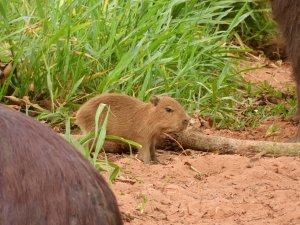
baby Capybara
Cloudy morning yesterday, went birding anyways cause I was feeling down but it was a very bad day for birds. Luckily the morning was not a total waste cause I saw a family of capybaras and they had this adorable little fellow.- Roynato
- Media item
- hydrochoerus hydrochaeris
- Comments: 7
- Category: Wild Mammals
-
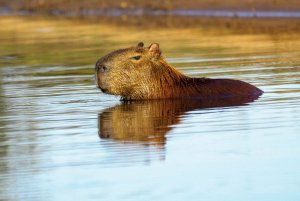
Capybara
And this is what they do in order to escape predators (but, of course, jaguars, for example, will not stop at the water's edge).- kitefarrago
- Media item
- Comments: 1
- Category: Wild Mammals
-
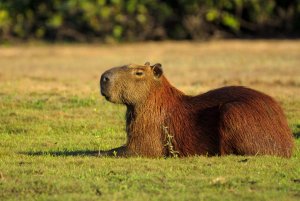
Capybara
The largest rodent in the world. They go onto land to feed, although this one seems to have had its fill.- kitefarrago
- Media item
- Comments: 2
- Category: Wild Mammals
-
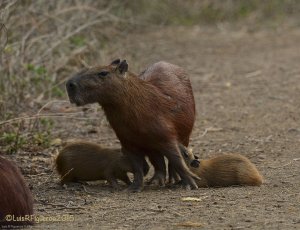
Mam Capybara
Chiguire- Luis R
- Media item
- apure chiguire hato el cedral hydrochoerus hidrochaeris luis r figuaroa venezuela
- Comments: 6
- Category: Wild Mammals
-
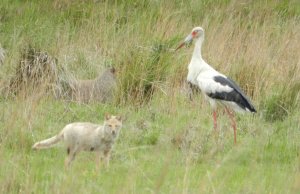
Maguari Stork
With Pampas Fox & Capybaras- JWN Andrewes
- Media item
- fox maguari stork
- Comments: 4
- Category: Central & South America & Mexico
-
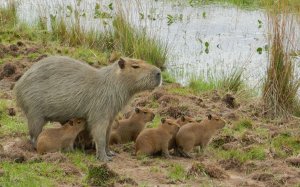
Capybaras
- JWN Andrewes
- Media item
- Comments: 1
- Category: Wild Mammals
-
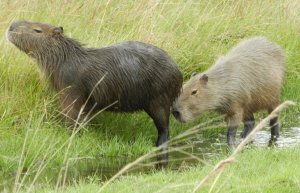
Capybaras
- JWN Andrewes
- Media item
- Comments: 1
- Category: Wild Mammals
-
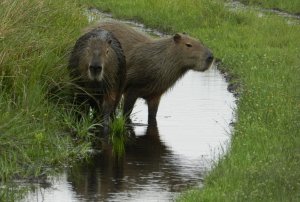
Capybaras
- JWN Andrewes
- Media item
- Comments: 2
- Category: Wild Mammals
-
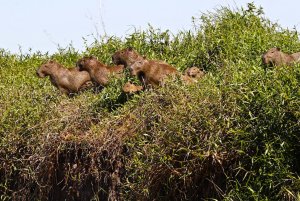
Capybara
Capybara (Hydrochoerus hydrocoerus: Caviidae) Jaguar food. Another species known as the Lesser Capybara (H. isthmius) is found in Panama, north western Colombia and western Venezuela. They are the worlds largest extant rodent. Adults get to 1.2 m (4 ft long) and 60 cm (2 ft) tall weighing from...- Stanley Jones
- Media item
- brazil caviide hydrochoerus mato grosso pantanal south of porto jofre
- Comments: 21
- Category: Wild Mammals
-
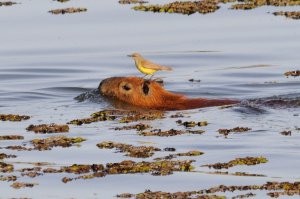
Cattle Tyrant (Machetornis rixosa) hitches a ride
Cattle Tyrant (Machetornis rixosa) hitches a ride on a Capybara (Hydrochoerus hydrochaeris), Fazenda Sao Francisco, Mato Grosso Do Sul, Brazil- Dave Clark
- Media item
- brazil cattle tyrant fazenda sao francisco hydrochoerus hydrochaeris machetornis rixosa mato grosso do sul
- Comments: 3
- Category: Central & South America & Mexico
-
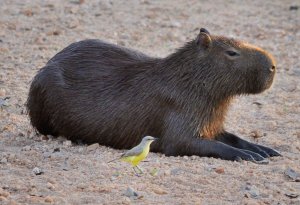
Cattle Tyrant (Machetornis rixosa) and friend
Cattle Tyrant (Machetornis rixosa) and Capybara (Hydrochoerus hydrochaeris). We frequently saw the two species together in Northern Pantanal, Mato Grosso, Brazil- Dave Clark
- Media item
- brazil cattle tyrant hydrochoerus hydrochaeris machetornis rixosa mato grosso northern pantanal
- Comments: 3
- Category: Central & South America & Mexico



